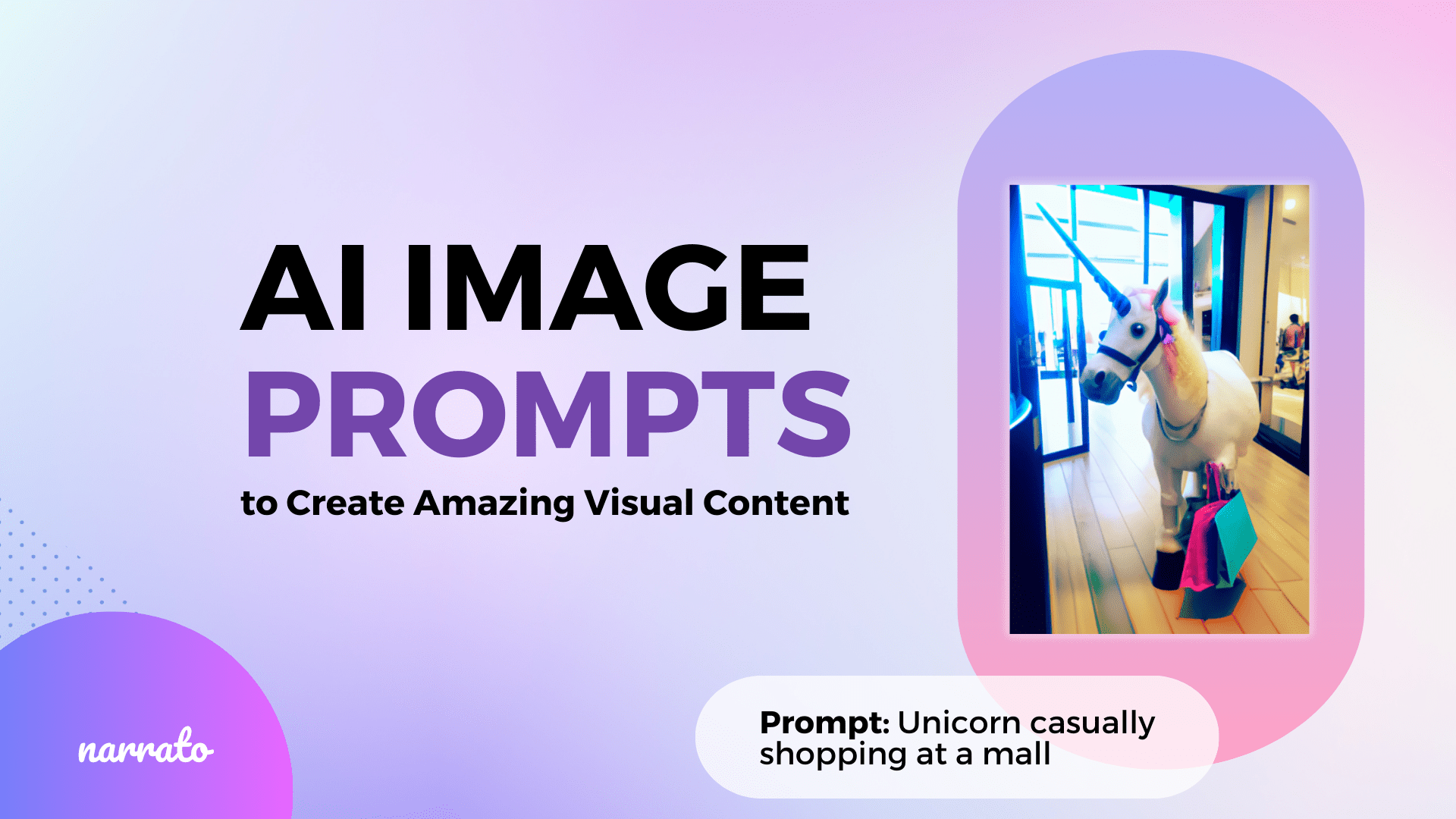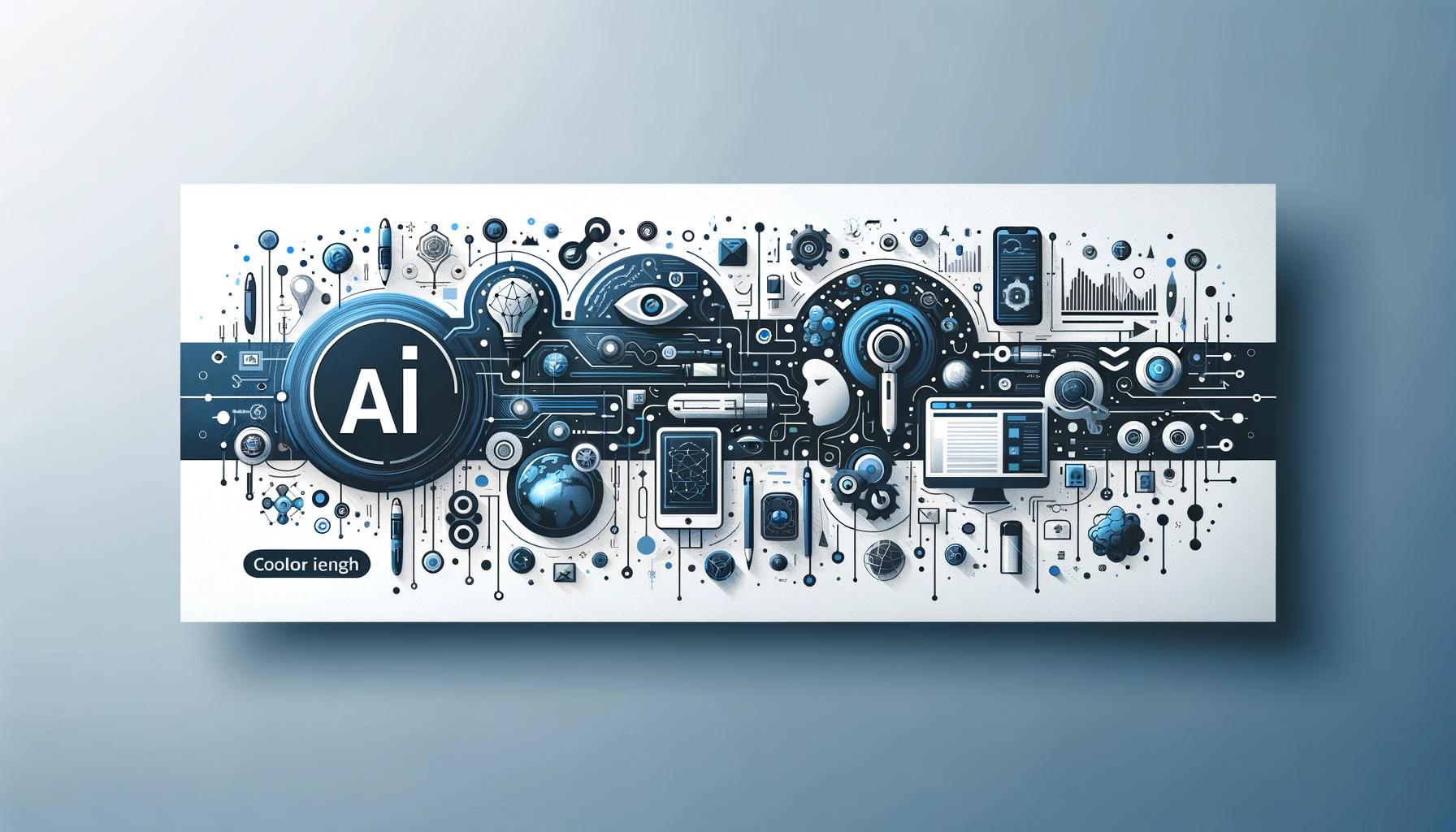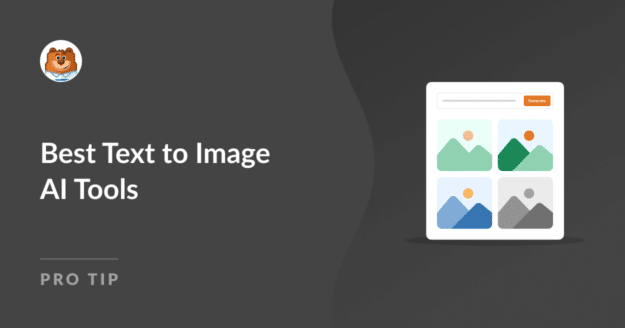
Text to Image AI
Text to Image AI: Unleashing Creativity and Innovation
Text to Image AI is revolutionizing the way we interact with and create visual content.
This powerful technology, allowing users to describe an image in text and have AI generate that visual, offers unprecedented creative potential, across various fields.
From designing marketing materials to producing stunning illustrations, Text to Image AI is no longer a futuristic concept, but a tangible tool impacting industries.
Understanding the Power of Text to Image AI
Text to Image AI leverages machine learning algorithms to translate textual descriptions into visual representations.
This powerful capability stems from deep learning models trained on vast datasets of images and their corresponding textual descriptions.
By learning patterns and associations, these models can generate novel images based on textual inputs, providing unparalleled flexibility in creative endeavors.
The underlying principle is sophisticated, requiring considerable computational power.
Yet, the outputs, even for users new to Text to Image AI, are immediately apparent.
How Does Text to Image AI Work?
Text to Image AI models operate by mapping text descriptions into visual representations.
Initially, they analyze the semantic meaning embedded within the textual input.
Crucially, this means not only interpreting individual words but also understanding complex relationships, implied characteristics, and contextual details within the description.
This crucial step sets Text to Image AI apart from other image generation methods.
The technology effectively processes your input.
Following that process is a series of steps from creating feature vectors representing visual content, to complex sampling methods.
Text to Image AI has fundamentally altered the dynamics of creative exploration and has changed our ability to produce visuals based purely on thought.
This is no minor development.
The Impact of Text to Image AI Across Industries
Text to Image AI isn’t just for artists and designers; its impact extends across many domains.
Revolutionizing Marketing and Advertising
In the world of advertising, Text to Image AI has made it easy to conjure highly effective visual elements with the slightest effort and quickly bring them to life.
Utilizing Text to Image AI simplifies creation of ad images and generates fresh content without extensive artistic or technical skill.
Elevating Content Creation in Various Fields
Journalists, writers, educators, and storytellers are already integrating Text to Image AI tools into their workflows.
They are generating illustrations for educational purposes, producing custom imagery that enhances written narratives, and accelerating storytelling, even for complex technical projects or medical articles.
Improving User Experiences

Source: narrato.io
This exciting technological advance continues to transform the customer experiences users are exposed to by giving brands and websites an array of options when displaying graphics or illustrations.
Text to Image AI has increased the speed and sophistication in the development of interfaces.
Users benefit from more responsive, more visually engaging applications and websites.

Source: runway-ai.ai
Creating Engaging and Appealing Visuals
![]()
Source: petapixel.com
Using Text to Image AI has opened new doors for people to create content based on the words they speak or write, thereby enriching human communication.
Creating engaging and eye-catching visuals has never been easier thanks to Text to Image AI.
The software now has the power to transform vague ideas or thoughts into visual realities using powerful algorithms and innovative architectures.
Creating Initial Images Based on Descriptive Text
Utilizing prompts and keyword-rich descriptions with your favorite Text to Image AI model opens endless possibilities in content generation and art exploration.
Text to Image AI, through detailed prompt engineering, leads to more realistic and accurate outputs based on textual specifications.
Tailoring Output through Refinements and Edits
Every time a user interacts with a prompt, the Text to Image AI tool learns, enabling adjustments to be incorporated.
Using iterative refinements and tweaks enhances the output by allowing the generation of the exact imagery intended and to adjust as needed.

Source: substackcdn.com
The Ethical Implications of Text to Image AI
With the advancement of any technology, comes the consideration of ethical concerns and impacts.
While Text to Image AI possesses immense creative potential, it also raises some crucial considerations, like ensuring safety and accuracy to limit potential for misuse, plagiarism, misinformation and/or deception and upholding standards of fair use in various cases.
Accessibility of Text to Image AI Tools
Thankfully, a great many Text to Image AI programs have become easily accessible to consumers through user-friendly interfaces, including interactive tools for artists and non-artists alike.
Practical Steps to Master Text to Image AI
How to start using Text to Image AI:
- Select your tool: Numerous Text to Image AI platforms and tools exist on the market today, making it an area where tools and techniques can quickly change, expand, and evolve. Start exploring different options to see which meets your needs and aesthetic sensibilities best.
- Craft effective prompts: Clear, detailed descriptions will produce better results than vague prompts. Experiment to see which Text to Image AI programs benefit most from intricate prompting techniques. This will change across each specific program.
- Iterate and refine: Text to Image AI is interactive. Use iterative adjustments, refinement, and iterations to achieve the image you have envisioned.
- Embrace experimentation: Don’t be afraid to try new prompts and combinations to unlock your full creative potential through your selected Text to Image AI platform or tools.
Conclusion

Source: wpforms.com
Text to Image AI is profoundly transforming how we create visual content.
This powerful tool, while offering immense creative potential, demands a critical eye, responsible application, and continuous adaptation to ensure we can utilize this significant advance safely and ethically.
Troubleshooting Text to Image AI Output
Use specific terms to help resolve Text to Image AI issues.
Different programs will produce variations based on input parameters.
Some are more nuanced and adaptable, resulting in different outputs when compared to other options, making text prompts a great equalizer.